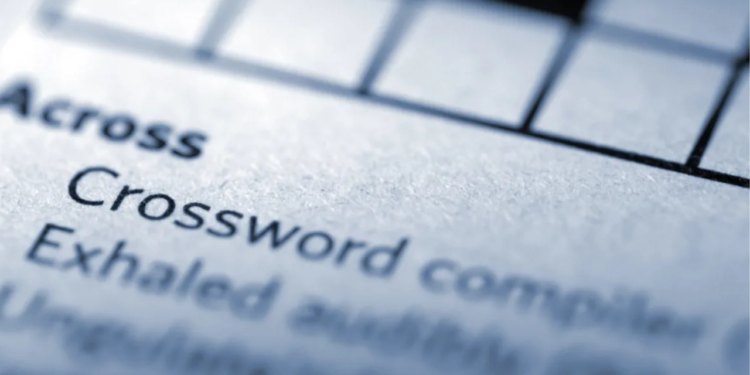Life isn’t always neat and tidy. Sometimes, it gets downright messy—full of mud, gunk, and everything in between. But what happens when this messiness goes beyond the physical world and seeps into everyday situations, systems, or even news stories? Let’s dig deep into the chaotic, murky reality behind the phrase ‘Full of Mud and Gunk‘ and why it might just be more relevant than ever.
The Dirty Reality of Mud and Gunk in Daily Life
Think about the last time you stepped into thick, sticky mud. Your shoes sank in, your clothes got splattered, and it felt almost impossible to clean off. I remember one particular rainy afternoon when I misjudged a puddle on the sidewalk. What looked like a shallow dip turned out to be a deep, sludgy trap, swallowing my foot whole. The squelching sound, the cold seep of water into my socks, and the amused chuckles of onlookers—it was an embarrassing but relatable moment.
Similarly, gunk—whether it’s greasy kitchen residue, a clogged drain, or a forgotten corner covered in dust and grime—creates frustration, consumes time, and is, quite frankly, gross.
Mud and gunk are not just physical annoyances; they symbolize disorder, confusion, and stagnation. Nature itself shows us how persistent mud can be. For example, after heavy rain, roads become impassable, cars get stuck, and pathways turn into slippery hazards. Likewise, farmers face challenges with waterlogged fields, and construction projects come to a halt due to muddy conditions.
On a smaller scale, our homes also suffer from gunk buildup—stains in the kitchen, clogged sinks, and dust-covered shelves. It’s a never-ending battle, requiring consistent effort to keep our surroundings clean and functional. But what happens when this concept of being ‘stuck’ in the muck applies to bigger societal issues? That’s where things get interesting.
The Hidden Chaos – How Misinformation Clouds Perception
Beyond its literal meaning, ‘Full of Mud and Gunk’ can describe situations where truth is clouded, facts are distorted, and clarity is lost. Have you ever read a news article that felt overly complicated or misleading? Or perhaps you’ve dealt with a bureaucratic system so tangled that getting a straight answer felt impossible? If so, that’s the figurative ‘mud and gunk’ at play.
I once tried to resolve a simple banking issue that should have taken minutes. Instead, I was bounced from one representative to another, each giving me conflicting information. After hours of frustrating calls and emails, I felt like I was wading through thick, unrelenting mud—stuck and unable to move forward.
In today’s fast-paced digital age, where news spreads like wildfire, major publications such as The New York Times (NYT) play a crucial role in shaping public opinion. However, in the race to provide breaking news, perspectives sometimes get blurred. As a result, sensational headlines, biased reporting, or conflicting narratives create confusion among readers, making it difficult to discern the actual truth.
This isn’t necessarily intentional. Journalists work under tight deadlines, often covering evolving stories that lack complete details. Additionally, political and corporate influences can also muddy the waters, making it challenging for even the most reputable sources to provide absolute clarity. Consequently, the end result is a public that feels overwhelmed and unsure about what to believe.
The Consequences of a Muddled Society
When information becomes ‘muddy,’ it has several consequences:
- Misinformation Thrives – False or misleading information spreads quickly, especially on social media, where people often share headlines without verifying sources.
- Trust in Media Declines – When readers feel that news is biased or incomplete, they lose faith in traditional journalism and turn to alternative sources that may be even less reliable.
- Public Discussions Become Polarized – With different groups interpreting muddy information in their own way, debates become heated and unproductive.
- People Feel Disconnected – When systems are too complex or confusing, individuals stop engaging altogether, feeling powerless to make sense of things.
These challenges go beyond the media. Government policies, legal systems, and corporate structures can also be full of mud and gunk. For instance, think about legal contracts filled with fine print, tax codes that require expert interpretation, or bureaucratic processes that seem intentionally difficult to navigate. The more confusing a system is, the easier it becomes for those in power to manipulate it, leaving ordinary people feeling lost and frustrated.
How to Cut Through the Mess and Find Clarity
So, how do we cut through the mess and uncover the truth? Here are some practical ways to clear out the mud and gunk:
- Ask the Right Questions – Always question the source of information. Look for reputable sources, cross-check facts, and seek different perspectives.
- Simplify Where Possible – Whether it’s decluttering your home, streamlining work processes, or making sense of complex issues, breaking things down into smaller steps can help.
- Stay Critical but Open-Minded – Avoid jumping to conclusions. Instead, be willing to challenge your beliefs while also considering new viewpoints.
- Advocate for Transparency – Support businesses and institutions that prioritize clear communication and honesty.
- Take Action – Whether it’s voting for better policies, demanding accountability, or simply cleaning up your own environment, small actions lead to big changes.
Clearing the mud requires effort, but it’s worth it. Just like washing off dirt after a long day, removing confusion brings a sense of relief and clarity.
Final Thoughts – Is There Hope Beyond the Mess?
The phrase ‘Full of Mud and Gunk NYT – A Messy Truth Unveiled!’ perfectly captures the struggles of dealing with chaos—whether it’s literal dirt or the complexities of modern life. But no matter how messy things get, there’s always a way to clean up.
The good news is that change is possible. Many people and organizations are working to bring clarity where there is confusion. Investigative journalists strive to uncover the truth. Similarly, activists push for fair policies. Everyday people demand better services, clearer communication, and honest leadership.
Next time you find yourself knee-deep in mud—whether in a frustrating system, a misleading news story, or an actual muddy situation—take a deep breath, grab the right tools, and start clearing the path ahead. After all, every mess has a solution!







































